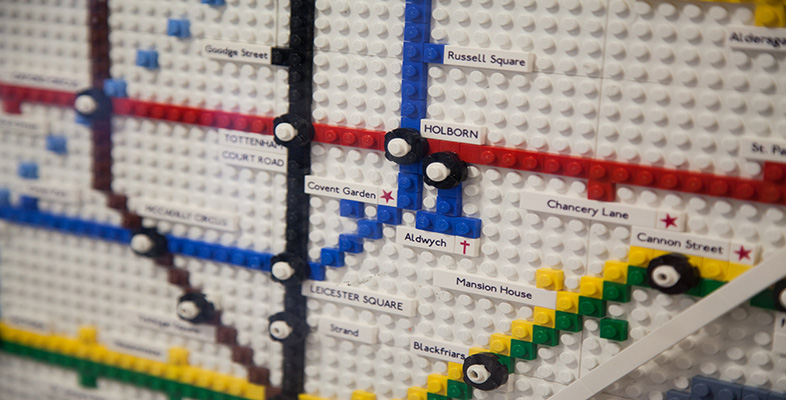2 An introduction to models
2.1 Defining ‘model’
The word ‘model’ has a range of colloquial and technical interpretations, so we need first to establish the way in which this course uses the term. As a start, we might suggest that a model is a simplified representation of reality, but even that simple definition raises some quite significant philosophical questions. A profound question is ‘what is reality?’ and I will briefly mention the distinction between modern and postmodern views of this later as an aside. Without getting into such deep philosophical water, it is important to recognise that in general, a model is usually a rather personal or subjective thing. It may be better to define it as a simplified representation of some person's or group's view of some situation. We also need to expand the simple definition further, to stress that the sorts of models we are dealing with here are intended for some purpose. That purpose could be as limited as ‘to summarise my understanding of something’, but in the present context, we are specifically concerned with modelling as part of the skill of thinking and acting systemically. For this course, a fuller definition of a systems model, and the one we are going to use is:
A simplified representation of some person's or group's view of a situation, constructed to assist in working with that situation in a systemic manner.
Although you may not immediately think of them as such, we regularly use models in everyday life. For example, maps and plans are models of the layout of the roads, rivers, buildings or other features of our physical environment. An architect's sketch, or an engineering drawing is a model of some artefact which is to be constructed. Prior to constructing that artefact, we may be shown a scale model of it in order to test our reactions, or to see how it might operate. Photographs are models of the scene that the camera user saw when the shutter was pressed. Sculptures or paintings are also models, in that they are representations of some aspect of the world as it is interpreted by their creators. The graphs and tables used to sell financial products are models of the expected performance of those products, and at the national level, we are told that Government has a model of ‘the economy’ on which it bases decisions about tax rates, interest rates and other aspects of fiscal policy.
At a more fundamental level, all our interactions with the world around us depend on our internal, mental models of how we perceive that world. It is worthwhile pausing for a moment to consider the importance of this.
